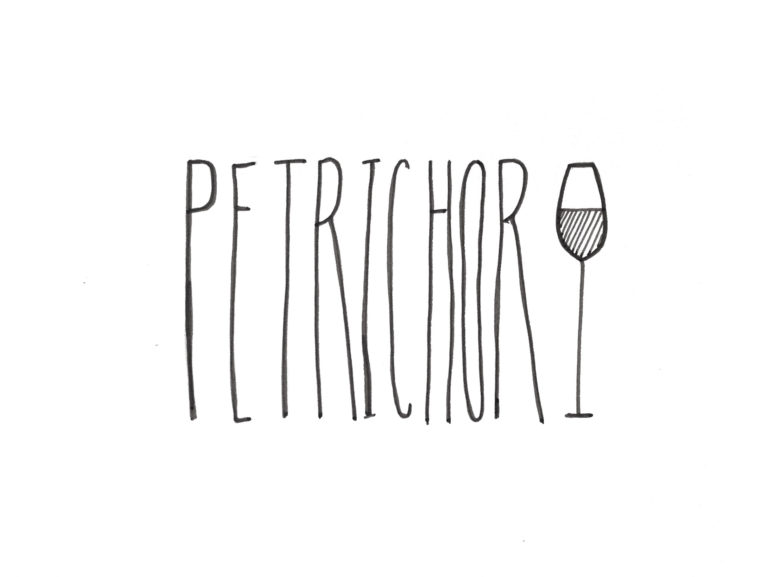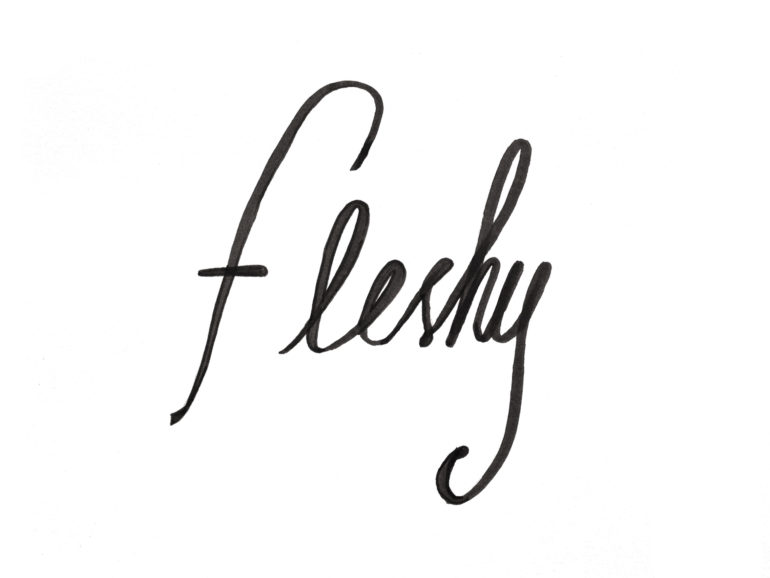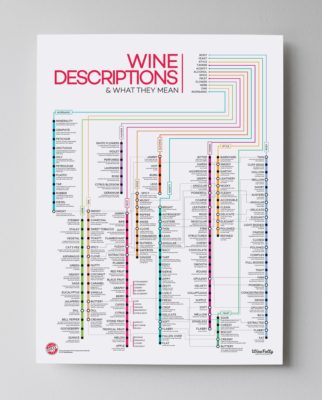Here are 7 wine words that help describe those indescribable flavors in wine.
Petrichor
A term coined by Australian researchers in 1964 to describe the invigorating smell of summer rain. The smell is caused by the volatilizing of oils and microbes that are released into the air when raindrops hit the ground. To some, this smell is ethereal; it has a distinct earthy, mineral note that stimulates refreshment after a long drought (if this is you, you are a natural wine aficionado). The petrichor aroma can be found in both red or white wine, caused by a combination of several aroma compounds. Some believe this smell of minerals to be from the soils, although current research suggests that it may be caused by the presence of regional microbes.
Angular
Angular is one of those indescribable sensations when a wine’s taste profile is lean and sharp, and not exactly welcoming; it’s like putting a triangle into your mouth. Oddly enough, this term isn’t just reserved for low rated wines, in fact, many highly rated wines are stamped with “angular” to describe the way the wine’s taste characteristics (primarily aggressive acidity) overwhelm the fruit flavors in the wine. Fortunately, these traits will diminish as the wine ages to reveal a softer (soft is the antithesis of angular) wine.
Unctuous
Try replacing unctuous with “ooey gooey” in your head every time you see it in a wine description. For example:
“Bold, rich, spicy fig and apricot fruit fills out the palate, giving this an unctuous mouthfeel, joined by spicy, toasty oak”
Unctuous is used to describe this weighty, oily taste sensation found on the mid-palate (the center area of your tongue) primarily in white and dessert wines. It’s most commonly caused by a winemaking process, called malolactic fermentation, that alters the acids in the wine making them taste creamier. While this process is common with nearly all red wines, it’s much less common (and thus more noticeable) on white wines. A perfect example of an unctuous wine most of us know and love (or hate) is oak-aged Chardonnay.
Closed
The perfect way to understand what a closed wine tastes like is to chill a red wine in the fridge. Chilling wine slows the evaporation of alcohol on the surface of the wine and reduces the aromatics. Then, when you taste the wine you’ll notice the fruit flavors are muted and the wine tastes more of the structural characteristics (the tannin and acidity) which are mostly bitter and tart. This closed characteristic happens when wines have reduced fruit aromatics that are either hiding behind the wines structure or are not there in the beginning. There are 2 ways to fix a closed wine: rigorous decanting or letting it age (or in the case of poor-quality: turning it into Sangria).
Fleshy
If it’s possible to bite into a wine like one bites into a nectarine, this would be what fleshy means. The term is most commonly noted on riper wines from warm vintages and/or warm climates. Some will also use fleshy to describe the aftertaste of a wine, implying the wine has a somewhat meaty taste on the finish.

Sweet Tannins
Tannins are felt as a textural sensation of astringency on the tongue. The feeling of tannin is most obvious towards the finish of a wine. For a wine to have sweet tannins, the grapes must have been perfectly ripe. In order to be fully ripe, the seeds of the grapes change from a more greenish color to a more tan or brown color indicating the phenols in the seeds have matured. This is what softens the somewhat bitter and astringent tastes in bold red wines and is a great taste description to look for in rich, fruity red wines.

Elegant
This term defines an overarching style of wines that are the antithesis of bold. This term is often used to describe wines with lighter body, more tart fruit flavors and high acidity. Although this term can be a bit nebulous, it’s useful when talking about what you do (or do not) want.





